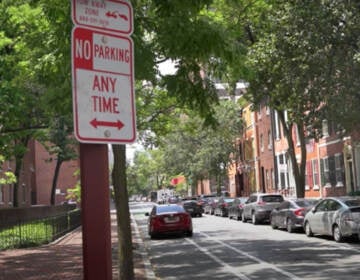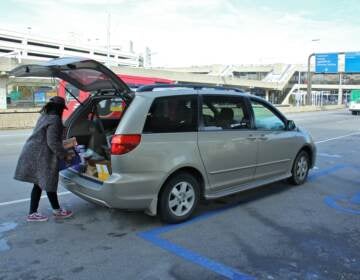Taxi drivers want cameras, other safety measures
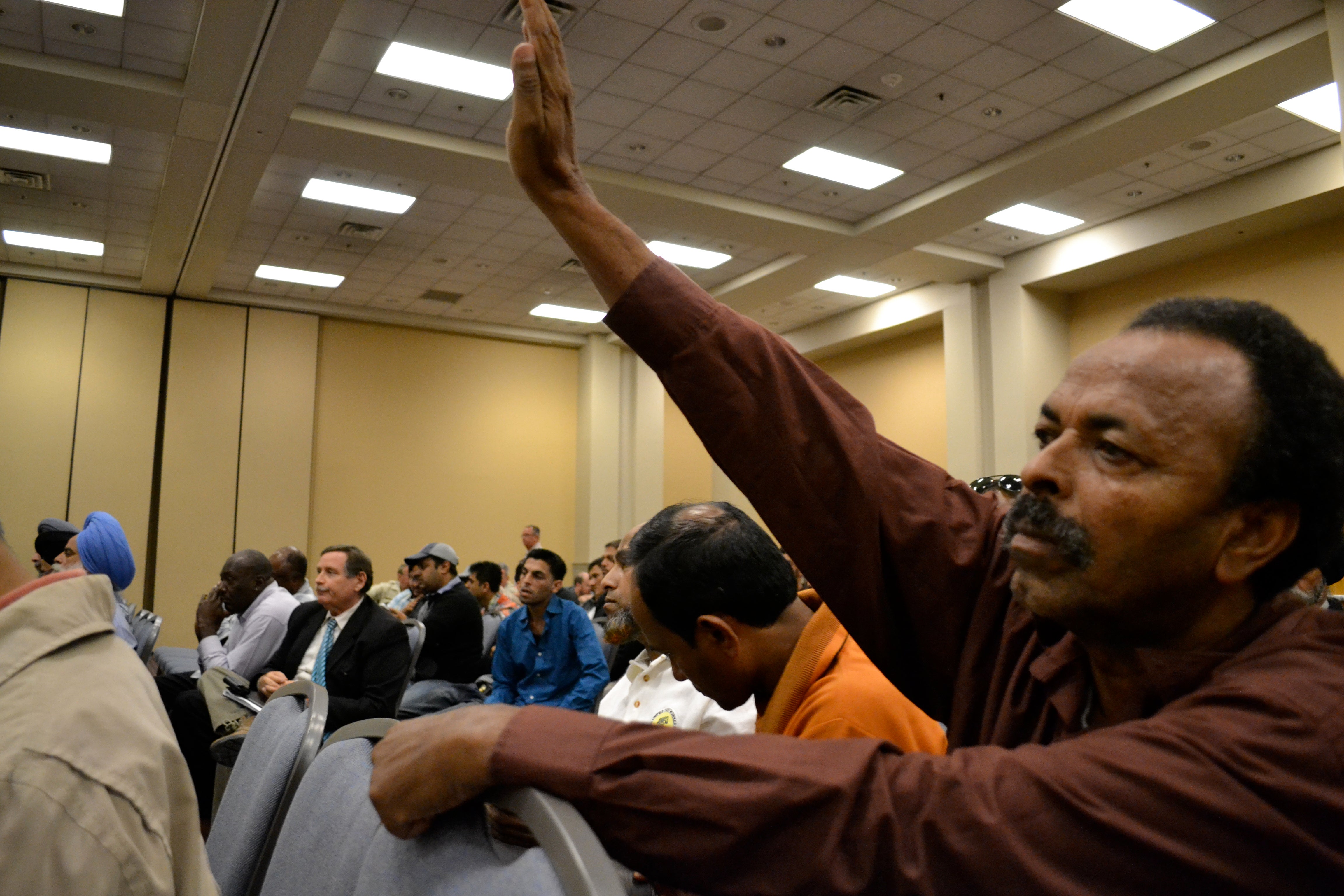
Sit in a room full of taxi drivers for an hour and two things become clear. First, being a taxi driver in Philadelphia is not a particularly safe occupation. Second, the city’s taxi drivers want that to change.
“It’s been a very tough and bloody year for cab drivers in Philadelphia,” said Jim Nye, director of the Taxi and Limousine Division at the Philadelphia Parking Authority (PPA).
Nye rattled off a few of the most gruesome and more publicized incidents. On May 8 a taxi driver was shot and killed. On June 4 another was seriously injured. On June 27 another was shot. Even more recently, a driver was stabbed 11 times in Queen Village.
If you talk to any one of the dozens of taxi drivers who filled a boardroom at the Pennsylvania Convention Center for a meeting PPA hosted to address driver safety, though, chances are each driver will have an even longer list of incidents of violence against cab drivers.
“I am shocked because eight drivers [have been] shot and killed in my experience,” said Mohammed Shukur, senior vice president of the Taxi Workers Alliance of Pennsylvania.
Mark Longo, director of information for the greater Philadelphia, Chicago and New York taxi associations, agreed.
“In no other city is the frequency and more so the level of violence against taxi drivers so prevalent,” Longo said.
He added that there is virtually no public awareness of this issue.
Nye and PPA board members Andrew Stutzman and Alfred Taubenberger, both members of the board’s taxi and limousine committee, listened to Shukur, Longo and a stream of others who testified about the violence against cab drivers and made suggestions about what can be done.
Those who testified shared stories like that of a cab driver who had a shotgun held to his head, of a cab driver punched in the face with a blow that sent him into a coma for five months, of a cab driver choked in broad daylight at 16th Street and JFK Boulevard.
“We are the ambassadors to the city,” Shukur said. “We bring the most important people to the city … but the driver has no safety and security.”
One cab driver in the audience had a broken arm because he was recently attacked. Another driver told how a young woman robbed him at gunpoint one morning. That driver called the police, but no one responded. He did not follow up with the police because he had been disappointed by the inconsequential response to a past incident.
“This is very, very sad,” Taubenberger said in a tone that drew disgruntled whispers throughout the meeting. “It really should be reported to the police … the fact is they would have a record of it.”
Improving cab driver safety
Again and again Taubenberger asked the cab drivers who testified what one thing or what two things the PPA might do to improve drivers’ safety.
And again and again, the drivers said they would like to see video cameras installed in cabs and linked directly to police.
“The technology is out there,” said Ali Razak, one driver who testified. “It’s not like it’s not there.”
Razak recommended installing four cameras inside the cab to capture activity on the front and rear exteriors and right and left interior. Thanks to cloud computing storage, if those cameras were damaged or stolen, the information would not be lost.
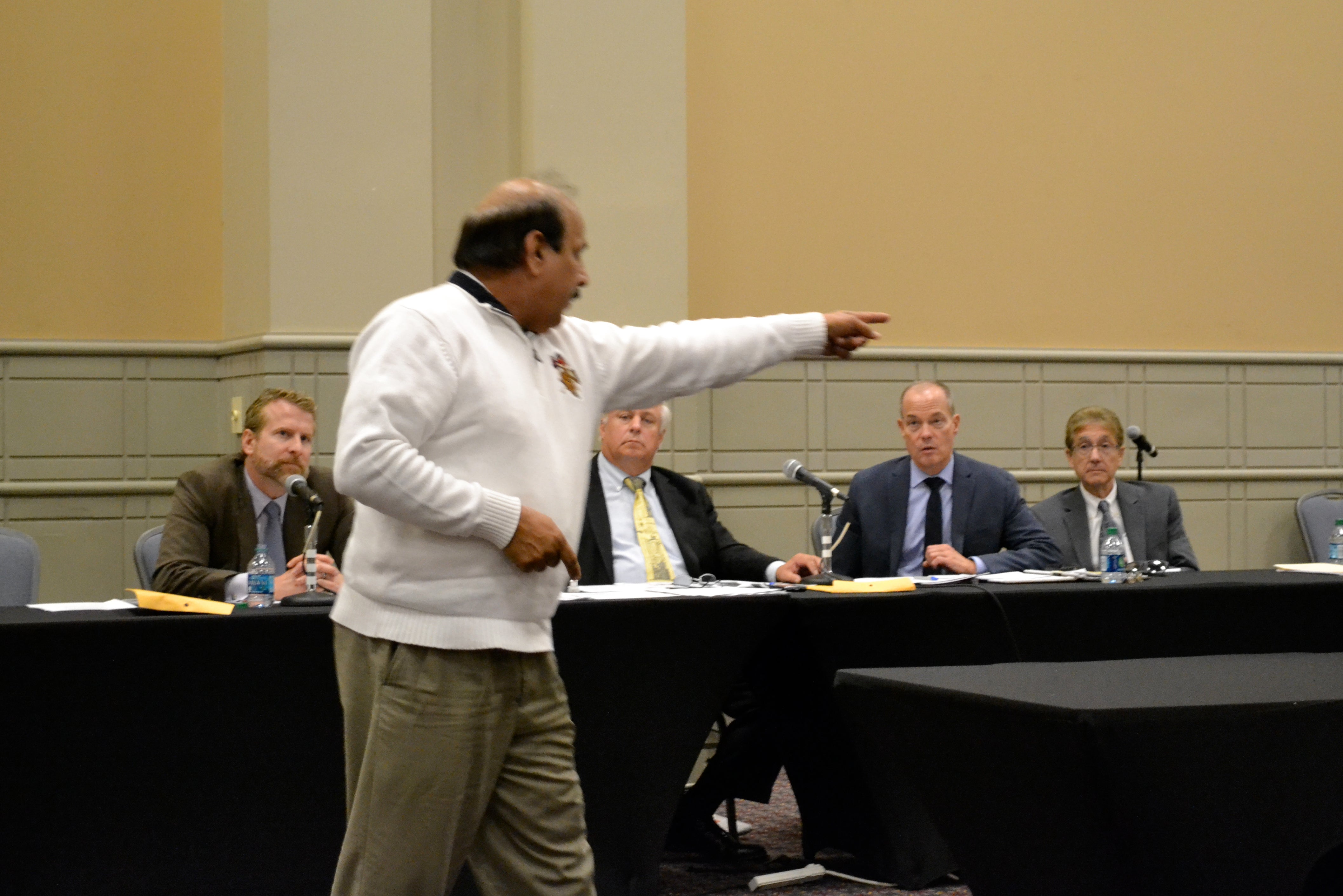
Other recommendations included panic buttons and panic lights that link to the police, rather than taxi dispatchers, and an assurance that police will respond.
“We need the laws enforced so that these drivers feel protected,” said David Alperstein, Esq., executive director of the Greater Philadelphia Taxi Association. He said he was disappointed that he did not see more law enforcement members present at the meeting.
Alperstein and Longo were not completely sold on putting cameras in the cabs, but they both said they were not definitively against the idea either. One concern was that the cameras might infringe on passenger privacy rights.
Longo said that more secure barriers between the passengers and the drivers might be a better first line of defense.
At one point, the meeting turned into what seemed like a two-way conversation between Alperstein and Stutzman. The two went back and forth, well over the recommended three-minute public comment period, to the point that Lance Haver, director of the Mayor’s Office of Consumer Affairs, interrupted the proceedings.
In a brief yelling match with Taubenberger, Haver said that if PPA had more questions for Alperstein perhaps the authority should discuss those questions at a later time, rather than continuing at length during a public meeting in which so many wished to speak.
Haver suggested that by spending so much time talking with Alperstein, who represents cab owners, the PPA risked appearing to care more about what the owners of cabs have to say than what the drivers of cabs have to say.
During his own testimony, Haver said he supports the measures recommended at the meeting, including panic buttons, panic lights and cameras. When Haver urged the PPA to develop a workers compensation program for ill or injured workers, the audience burst into applause.
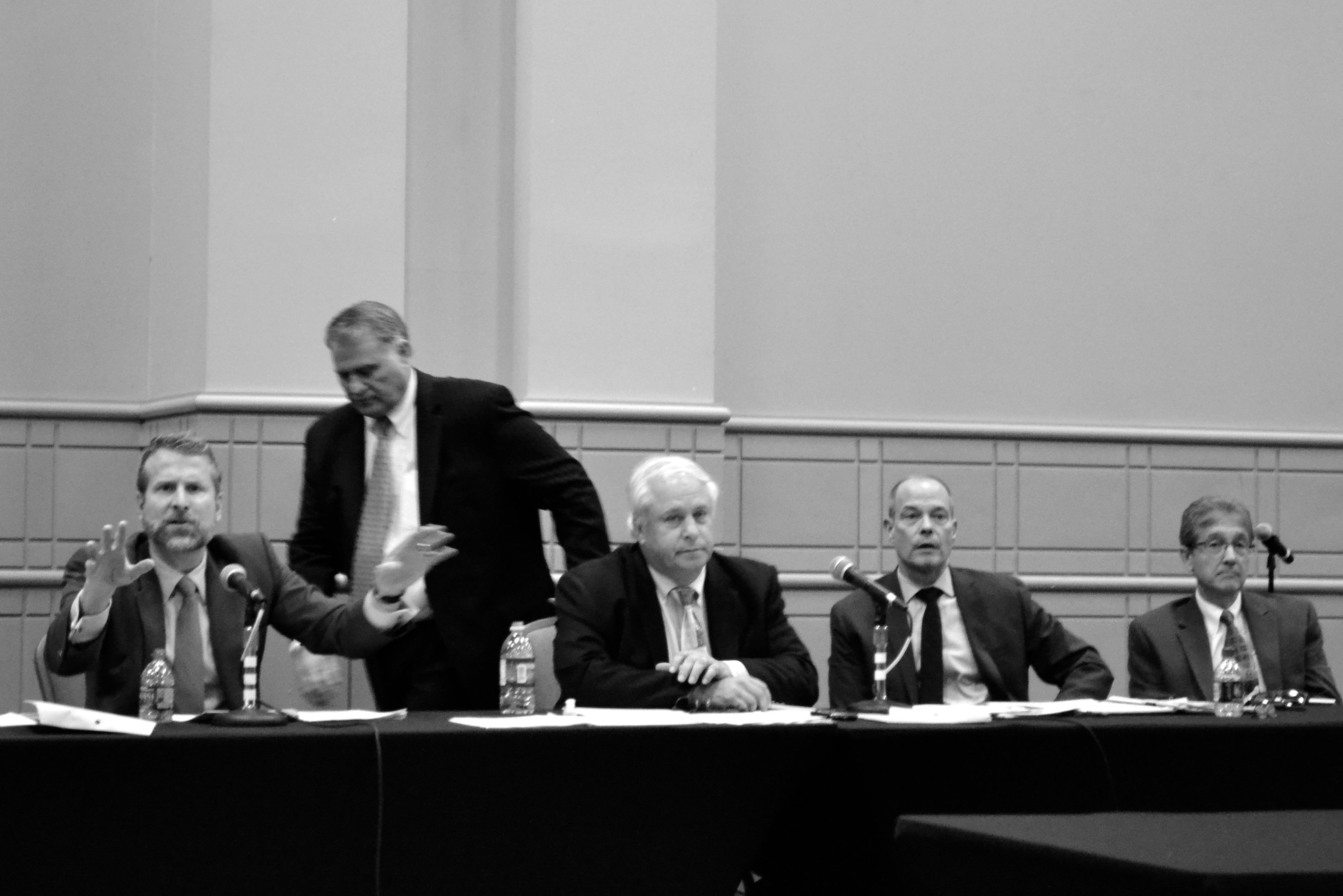
IMPROVING CAB DRIVER, PPA RELATIONS
In response to Taubenberger, who repeatedly asked what one thing might be done to improve safety or prevent attacks on cab drivers, Razak posed his own question.
“Why do cab drivers get assaulted?” Razak asked.
“I would like to think there are like a million different reasons,” Taubenberger said.
Razak asked the PPA to stand on the side of the cab drivers – to consider reducing the credit card fee so that more passengers will pay with credit or debit cards and cab drivers will have to carry less cash or to allow cab drivers to avoid picking up intoxicated passengers.
“Let the cab driver make the decision,” Razak said. “That’s the decision of his life.”
Regarding instances where a decision to pick up a passenger has led to a driver’s death, some of the drivers who testified said the PPA has not made an appearance to speak out against the violence or honor the fallen driver.
“This is a holistic approach,” said Ronald Blount of the Taxi Workers Alliance of Pennsylvania. “The whole thing needs to be taken into consideration.”
WHYY is your source for fact-based, in-depth journalism and information. As a nonprofit organization, we rely on financial support from readers like you. Please give today.




